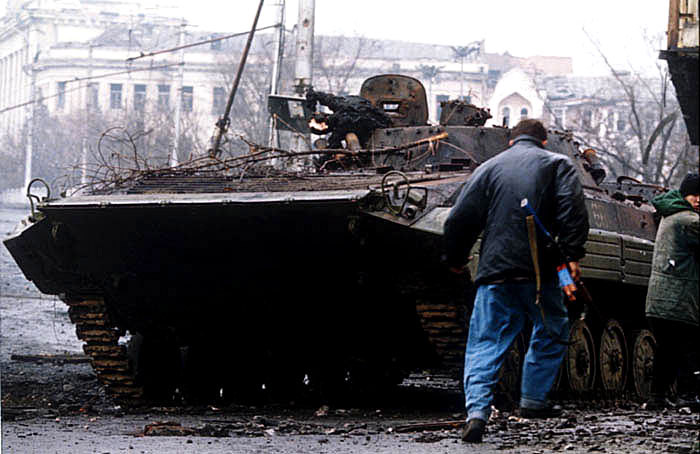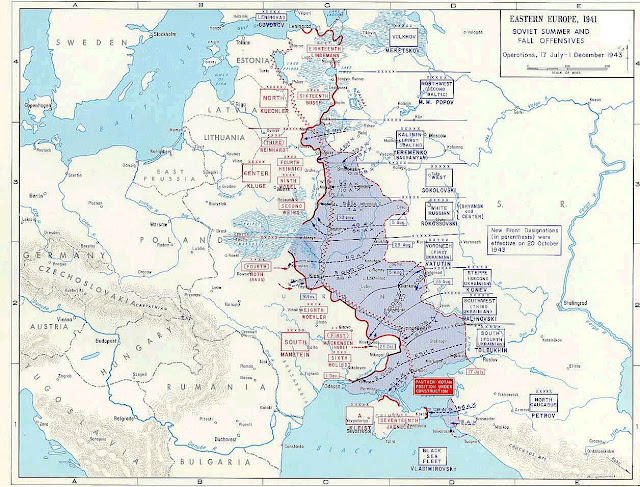Ok how about a more specific scenario?
Rather than going over specific details to figure out what was where when the situation is this:
The US gets 50 divisions, of which 8 are armored (1943 structure) and 2 are airborne as well as the 3 Ranger battalions, while the British get 30 divisions including foreign divisions under their command.
edit: 2 British airborne divisions, 1 Free French infantry division and 1 FF armored division, 1 Polish armored division, 2 Polish infantry divisions + 1 armored brigade and 1 airborne brigade (those don't count toward division total), 2 Canadian infantry divisions and 1 Canadian armored division, 3 Indian infantry divisions, 5 British armored divisions, and 12 British infantry divisions. Commandos and other special forces don't count against the division total and are present and can use naval deployment.
Also the above doesn't count historical corps and army level artillery and various other non-divisions units like cavalry groups.
So the Waliles get 80 divisions total. No more since we'll assume that in lieu of more divisions the Wallied governments just have to use existing manpower to keep a steady flow of replacements so the divisions/armies are able to stay in action. Local manpower can be used to form divisions, but they will need to use the historical supply of equipment to do so factoring in equipment attrition rates. For the sake of argument we're assuming the Wallies have local support, so various national movements like the UPA secured the supply lines and rear areas, so partisan warfare isn't a significant issue, though spying by the Soviets is.
Soviet side is per OTL.
Command is clarified like this: ETOUSA/SHAEF is the theater command, 21st army group under Monty runs the British 1st and 8th armies and 1st Canadian (10 per army obviously), while the AFHQ becomes the US 1st army group and commands the US 1st, 3rd, 5th army, and 7th armies (so twelve divisions per army and enough for a two division detachment for Crimea). The British have the area north of the Pripyet Marshes down to Gomel, the US from Gomel to the Black Sea (including Crimea but not Taman).
The start line is the
Panther Line, which in this scenario is completed:
Obviously both sides are ok fighting one another and everyone starts knowing the situation. Neither side is in a position to attack, so they have to start planning anything from the start of the scenario. It begins January 1st 1943 and both sides have winter gear and winterized equipment.




